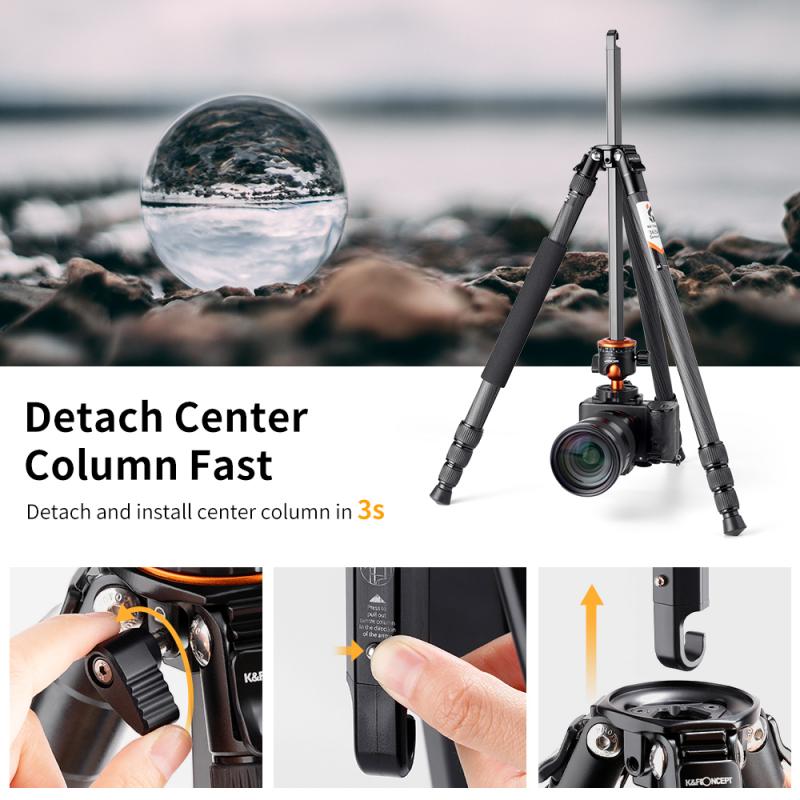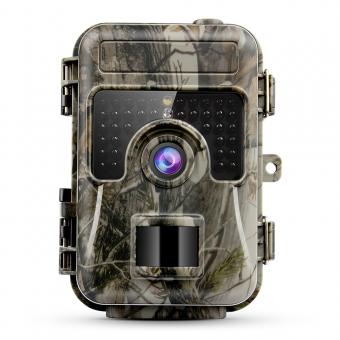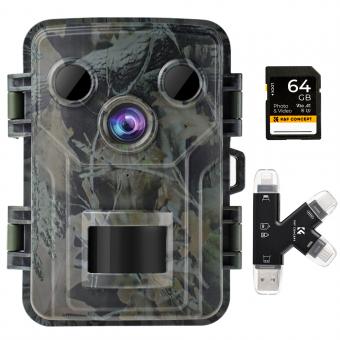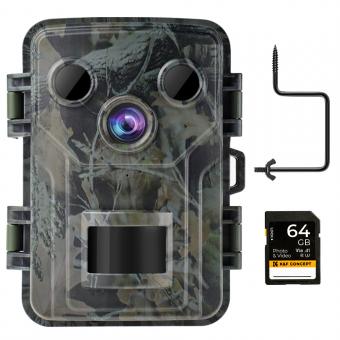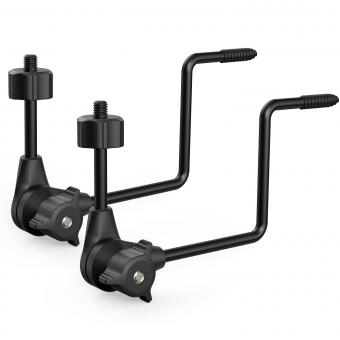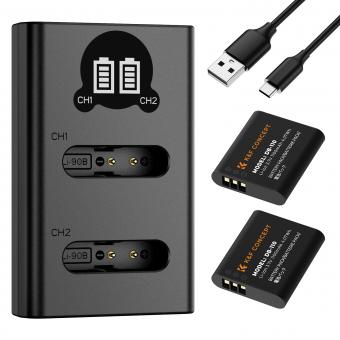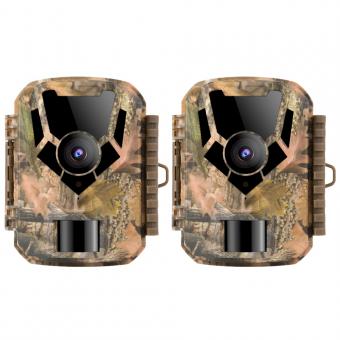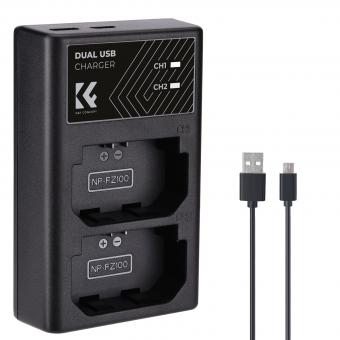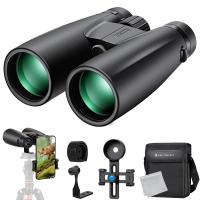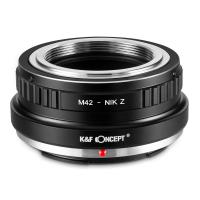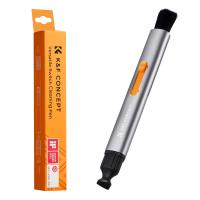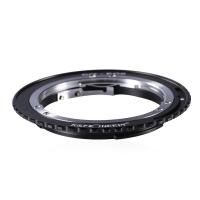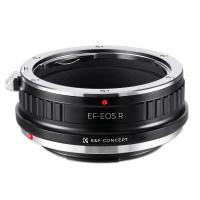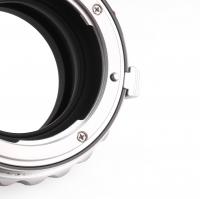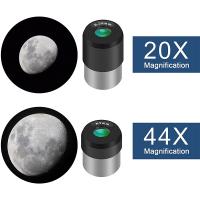What Batteries Do Wildlife Trail Cameras Use ?
Wildlife trail cameras typically use AA or AAA batteries. These cameras are designed to be portable and operate in outdoor environments, so they often rely on standard alkaline or lithium batteries for power. Some models may also be compatible with rechargeable batteries or have the option to use external power sources such as solar panels or battery packs. The specific battery requirements may vary depending on the camera model and manufacturer, so it is always recommended to refer to the camera's user manual or product specifications for accurate information on battery compatibility and usage.
1、 Lithium-ion batteries: Commonly used for their long-lasting power.
Wildlife trail cameras have become an essential tool for researchers, wildlife enthusiasts, and hunters alike. These cameras are designed to capture images and videos of wildlife in their natural habitats, providing valuable insights into their behavior and population dynamics. To power these cameras, lithium-ion batteries are commonly used for their long-lasting power.
Lithium-ion batteries have gained popularity in recent years due to their high energy density, lightweight design, and ability to hold a charge for extended periods. These batteries are known for their durability and reliability, making them ideal for outdoor applications such as wildlife trail cameras. They can withstand harsh weather conditions, including extreme temperatures, making them suitable for use in various environments.
One of the key advantages of lithium-ion batteries is their long-lasting power. They have a higher energy density compared to other battery types, allowing them to provide a consistent and reliable power source for wildlife trail cameras. This is particularly important for cameras placed in remote locations where frequent battery changes may not be feasible.
Furthermore, lithium-ion batteries have a low self-discharge rate, meaning they can hold a charge for extended periods without losing significant power. This is crucial for wildlife trail cameras that may need to operate for weeks or even months without human intervention. The long-lasting power of lithium-ion batteries ensures that the cameras can continue capturing images and videos without interruption, providing a continuous stream of data for analysis.
It is worth noting that while lithium-ion batteries are commonly used for wildlife trail cameras, there are other battery options available as well. Some cameras may use disposable alkaline batteries, which are more readily available and cost-effective. However, these batteries have a shorter lifespan and may need to be replaced more frequently.
In recent years, there has been a growing interest in using rechargeable lithium-ion batteries for environmental reasons. Rechargeable batteries reduce waste and minimize the environmental impact associated with disposable batteries. Additionally, advancements in battery technology have led to the development of more efficient and longer-lasting lithium-ion batteries, further enhancing their suitability for wildlife trail cameras.
In conclusion, lithium-ion batteries are the preferred choice for powering wildlife trail cameras due to their long-lasting power, durability, and ability to withstand harsh environmental conditions. These batteries provide a reliable and consistent power source, ensuring that the cameras can capture images and videos of wildlife without interruption. As technology continues to advance, we can expect further improvements in battery efficiency and longevity, making lithium-ion batteries even more suitable for wildlife trail cameras.
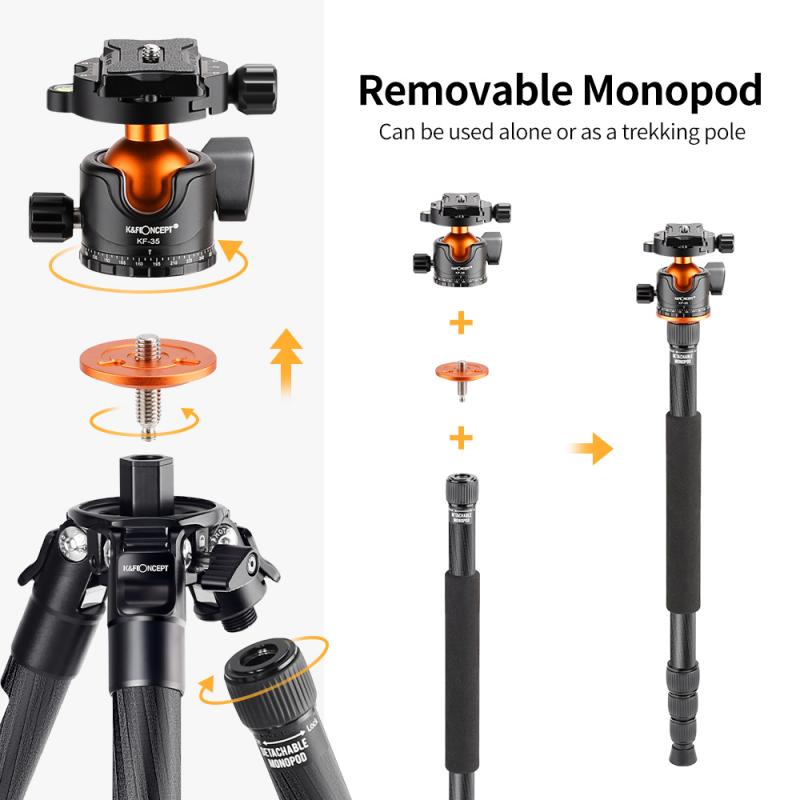
2、 AA batteries: Widely used due to their availability and convenience.
Wildlife trail cameras are essential tools for monitoring and studying wildlife behavior in their natural habitats. These cameras are designed to be durable, weatherproof, and energy-efficient, allowing them to operate for extended periods in remote locations. When it comes to the batteries used in wildlife trail cameras, the most common type is AA batteries.
AA batteries are widely used in wildlife trail cameras due to their availability and convenience. They are easily accessible in most stores and can be purchased in bulk at affordable prices. This makes it convenient for researchers and wildlife enthusiasts to keep a steady supply of batteries for their trail cameras.
Moreover, AA batteries have a decent energy capacity, allowing them to power trail cameras for extended periods. The longevity of AA batteries can vary depending on factors such as camera settings, temperature, and the number of photos or videos captured. However, with advancements in battery technology, some trail cameras now offer improved energy efficiency, allowing them to operate for longer periods on a single set of batteries.
In recent years, there has been a growing interest in rechargeable batteries for wildlife trail cameras. Rechargeable AA batteries, such as NiMH (Nickel Metal Hydride) batteries, offer the advantage of being reusable, reducing waste and saving money in the long run. These batteries can be recharged hundreds of times, making them a more sustainable option for trail camera users.
It is important to note that the specific battery requirements may vary depending on the brand and model of the wildlife trail camera. Some cameras may require a different type of battery, such as CR123 or D-cell batteries. Therefore, it is always recommended to consult the camera's user manual or manufacturer's specifications to ensure the correct battery type is used.
In conclusion, AA batteries are the most commonly used batteries in wildlife trail cameras due to their availability and convenience. However, with advancements in battery technology, rechargeable options are becoming increasingly popular, offering a more sustainable and cost-effective solution for long-term trail camera use.
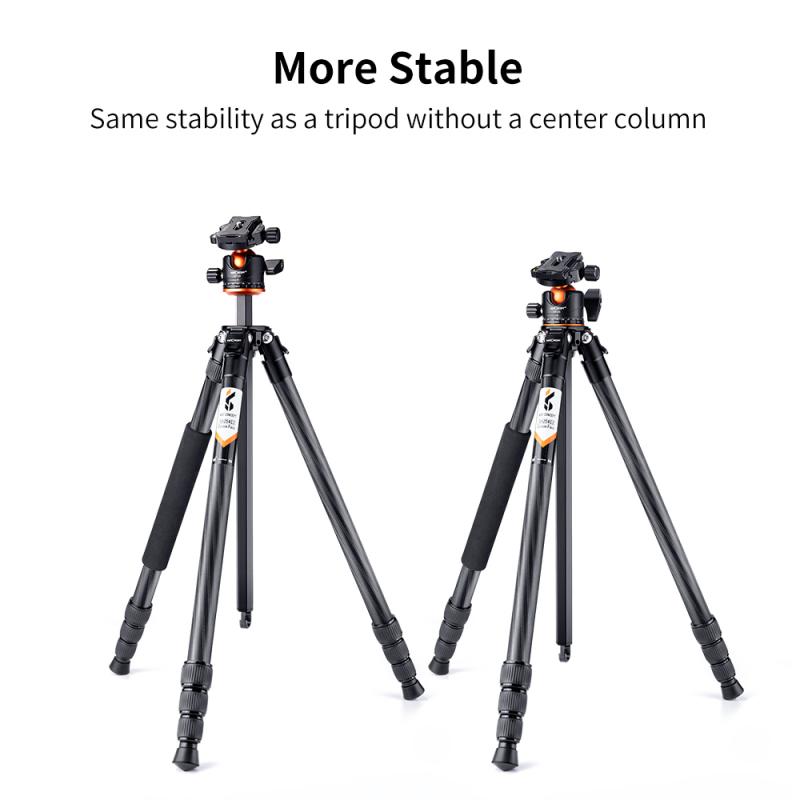
3、 Rechargeable batteries: Environmentally friendly option for long-term use.
Wildlife trail cameras are an essential tool for monitoring and studying wildlife behavior in their natural habitats. These cameras are typically placed in remote locations for extended periods, making battery life a crucial consideration. When it comes to powering wildlife trail cameras, there are several options available, but rechargeable batteries have emerged as an environmentally friendly and cost-effective choice.
Rechargeable batteries, such as lithium-ion or nickel-metal hydride (NiMH) batteries, have gained popularity in recent years due to their long-lasting performance and the ability to be recharged multiple times. These batteries provide a reliable power source for wildlife trail cameras, ensuring that they can operate for extended periods without the need for frequent battery replacements.
One of the main advantages of using rechargeable batteries is their environmental friendliness. Disposable batteries, such as alkaline batteries, contribute to electronic waste when they are discarded. In contrast, rechargeable batteries can be reused multiple times, reducing the overall waste generated. This makes them a more sustainable option for long-term use in wildlife trail cameras.
Additionally, rechargeable batteries offer cost savings in the long run. While they may have a higher upfront cost compared to disposable batteries, their ability to be recharged multiple times means that they can be used for an extended period before needing to be replaced. This reduces the overall cost of battery replacements over time.
It is important to note that the specific type of rechargeable battery used in wildlife trail cameras may vary depending on the camera model and manufacturer. Some cameras may be compatible with lithium-ion batteries, which offer a higher energy density and longer lifespan. Others may use NiMH batteries, which are known for their ability to maintain a consistent voltage output over time.
In conclusion, rechargeable batteries have become the preferred choice for powering wildlife trail cameras due to their long-lasting performance, environmental friendliness, and cost-effectiveness. As technology continues to advance, it is possible that new battery options may emerge, offering even greater efficiency and sustainability for wildlife monitoring purposes.

4、 Solar-powered batteries: Harnessing solar energy for sustainable camera operation.
Wildlife trail cameras are essential tools used by researchers, conservationists, and wildlife enthusiasts to monitor and study animal behavior in their natural habitats. These cameras are typically placed in remote locations for extended periods, making it crucial to have a reliable power source. While there are various battery options available, one of the most sustainable and popular choices is solar-powered batteries.
Solar-powered batteries harness the energy from the sun to provide a continuous power supply to wildlife trail cameras. They consist of a solar panel that captures sunlight and converts it into electrical energy, which is then stored in a rechargeable battery. This stored energy is used to power the camera, ensuring its uninterrupted operation.
The use of solar-powered batteries offers several advantages. Firstly, it eliminates the need for frequent battery replacements or recharging, reducing maintenance efforts and costs. Additionally, it is an environmentally friendly option as it relies on renewable energy, reducing the carbon footprint associated with traditional battery usage.
Furthermore, solar-powered batteries are particularly beneficial for wildlife trail cameras placed in remote or inaccessible areas. These locations often lack a reliable power source, making solar energy an ideal solution. The cameras can be left unattended for extended periods, allowing researchers to gather valuable data without the need for frequent visits to replace batteries.
It is important to note that the efficiency and reliability of solar-powered batteries have significantly improved in recent years. Advancements in solar technology have led to more efficient solar panels and better battery storage capabilities. Additionally, some solar-powered batteries now come with built-in power management systems that optimize energy usage and ensure continuous camera operation even during periods of low sunlight.
In conclusion, solar-powered batteries are an excellent choice for wildlife trail cameras due to their sustainability, cost-effectiveness, and reliability. As solar technology continues to advance, we can expect even more efficient and powerful solar-powered batteries to be developed, further enhancing the capabilities of wildlife trail cameras and their contribution to wildlife research and conservation efforts.
